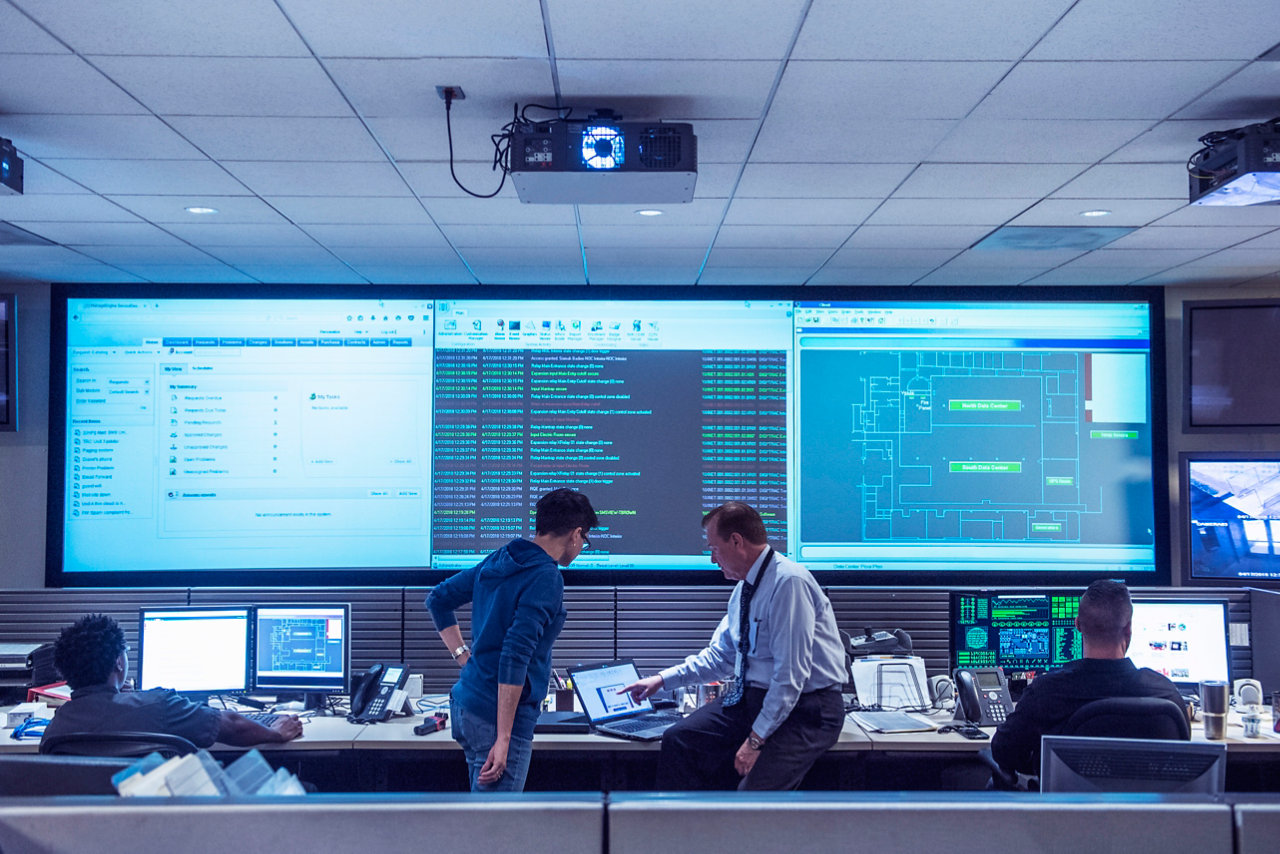As organisations face the reality of increasing their sustainability, there’s a real risk they’ll see moving all workloads to the cloud as a silver bullet.
On the surface, it looks straightforward: by moving away from hosting your own environment, you pass responsibility for emissions to the cloud providers. However, there are a couple of reasons this needs more thought.
Where does the network come into this sustainability assessment? It doesn’t disappear. It continues to play a role in sustainability, but you need access to good data to fully understand the network’s impact.
Moving to the cloud also involves making decisions over infrastructure. If you’re leaving equipment behind, what are the sustainability impacts of that waste? And if you’re optimising your infrastructure by embracing the Internet of Things (IoT), edge computing and artificial intelligence (AI), have you included any sustainability costs?
It’s also important to remember not all cloud services are equal.
It’s essential to ensure you have full visibility of the carbon impact of hosting workloads and applications in the cloud provider environment. This should include both the percentage of renewable energy powering the data centre, as well as the embodied emissions for the devices where you’re hosting your workloads.
If you want to demonstrate meaningful emissions reduction, you’ll need to carefully think about these when selecting a cloud provider.
The move to the cloud is a dual responsibility: the supplier needs to provide low-emission options, but the purchaser also has to control the amount of data that’s going into storage at the cloud-based data centre.
Three critical steps to embracing dual responsibility
As carbon emission-monitoring regulations tighten, there are effective steps you can take to move further down the path to sustainability:
1. Measuring the impact of products and services
Monitoring and measuring the energy your network uses for workloads and apps is a good first step towards improving sustainability.
Our Carbon Network Dashboard integrates and streamlines data from disparate IT devices to give you real-time power usage and carbon emissions information. This gives you recommendations on how and when to run batch jobs. By scheduling them when there’s a high amount of energy on the grid, you can optimise the sustainability of your performance.
2. Making sustainable procurement decisions
Moving workloads to cloud-based colocated data centres for many organisations brings clear cost benefits and significant sustainability gains. For example, our cloud-based data centre colocation services delivered in partnership with Equinix are powered by 100% renewable electricity globally.
However, moving to a cloud environment will likely involve discarding or replacing equipment. To help you manage the sustainability impacts of this, our Carbon Network Dashboard can identify and prioritise the replacement of carbon intensive devices. Our Digital Carbon Calculator tool combines carbon footprint data from the IT services you buy from us and the IT services you buy from other vendors to give you the accurate, reliable and consistent data you need to baseline the carbon emissions of your IT inventory, in accordance with the ISO 14040:44 standards.
It also makes sustainability sense to consider end-of-life recycling schemes to minimise waste – particularly as the World Economic Forum reports that e-waste is the fastest growing waste stream in the world, making up 70% of hazardous waste deposited in landfills. Challenge your suppliers to offer recycling schemes: we’re an accredited Cisco Partner and have all the credentials in place to support you with their Takeback and Reuse Programme that allows the return at no cost of hardware that has reached the end of life, with a commitment to reuse and recycle 99.9% of what’s returned.
We’re launching our new sustainable infrastructure proposition that combines the Digital Carbon Calculator, network design and configuration and the Takeback scheme into a single service to help our customers reconfigure their networks for low carbon impact.
3. Optimising your operational environment footprint
Options for boosting sustainability in the operating environment are growing all the time. A good starting point is adopting edge computing to reduce the amount of data centre capacity you need.
By keeping processing at the edge, you significantly reduce the volume of data that travels across the cloud to the data centre for processing and storage. This makes it possible to consolidate data centres, reduce energy consumption and speed up decarbonisation.
Edge computing, supported by cloud capabilities, enables AI and machine learning tools that identify energy efficiencies.
With our partner, QiO Technologies, we offer a dynamic AI model that simultaneously optimises your energy use, carbon emissions, production throughput and quality. It then helps you monitor and service your assets with predictive and prescriptive insights to maintain optimal overall equipment effectiveness (OEE). It also helps you to extend the life of your assets.
This model is the key to reducing your energy costs by between 5% and 15%.
Transferring this technology to a data centre context, our cloud-based sustainability app learns energy consumption pattern at the rack, rack power distribution unit (PDU) and rack component (or U level), creating an aggregated energy efficiency index (EEI) for the entire data centre.
The app then makes dynamic recommendations to help you to consistently achieve your operational sweet spot.
An unrelenting focus on sustainability
The practical ways we’re helping customers to operate more sustainably are underpinned by:
- our commitment to be net zero by 2031
- our ambition to support customers to avoid using 60 million tonnes of carbon dioxide equivalent by 2030.
The work doesn’t stop there. We aim to embed circularity across our products, network and operations in order to keep materials in use and eliminate waste across our value chain by 2030. And we aim to extend this to our customers through our products and services by 2040.
We’re proud to be recognised for putting sustainability at the heart of our strategy:
- We hold an advanced rating from EcoVadis, with a score of 69/100.
- We are on the Carbon Disclosure Project’s ‘A list’ for the eighth year running, in the top 2% of 13,000 reporting companies.
- We’ve been placed 25th in the Corporate Knights’ Global 100 list of the world’s most sustainable companies.
We believe the cloud unlocks powerful new routes to sustainability, and we always work hard to embed sustainability gains into every cloud innovation we develop and share with our customers.



